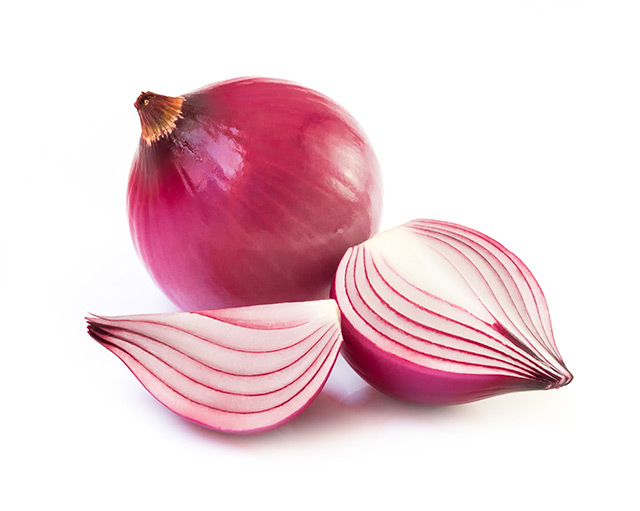Study finds people with type 2 diabetes and obesity have lower vitamin C levels
09/26/2017 / By Isabelle Z.

A recent study out of New Zealand has found an inverse relationship between the levels of vitamin C in a person’s blood and their BMI and fasting glucose.
Diabetes is considered one of the biggest health emergencies facing the world today, with more than 415 million people on the planet aged 20 to 70 believed to have the disease. More than 90 percent of those with diabetes have the type 2 variant.
Oxidative stress and chronic low-grade inflammation have been identified in past studies as playing a role in the development of type 2 diabetes and insulin resistance, and Vitamin C protects biomolecules from oxidation.
The scientists set out to study the Vitamin C levels of people across the glycemic spectrum. They collected information from 89 participants aged 18 and older about their physical activity over the past seven days and their demographics. They took blood samples and tested them for fasting glucose, hormones, lipid profiles, and vitamin C concentrations. In addition, data such as their height, weight, waist and hip circumference, blood pressure, and body mass index was collected.
The participants were also asked to fill out food diaries across four non-consecutive days, including one day over the weekend. They were trained on the proper use of digital scales and recording the data to ensure accuracy. Their total daily intake of vitamin C, fiber and energy were calculated, as were percent energy values for protein, fat and carbohydrates.
Of those studied, 35 had a normal glucose tolerance, 25 percent had prediabetes, and 29 had Type 2 diabetes that was being managed only by diet or Metformin.
People with prediabetes and type 2 diabetes more likely to be vitamin C deficient
The researchers discovered that those who had type 2 diabetes had significantly lower concentrations of plasma vitamin C than those who had normal glucose tolerance. Moreover, those who had prediabetes and type 2 diabetes had higher proportions of vitamin C deficiency.
In addition, they identified four significant predictors of a person’s vitamin C concentrations: BMI, fasting glucose, dietary vitamin C intake, and smoking history. They believe that the reduction in a person’s plasma concentration of vitamin C occurs in parallel with their drop in glucose tolerance as they progress to type 2 diabetes.
These results led them to conclude that adults who have prediabetes, obesity, type 2 diabetes, and/or a history of smoking have higher vitamin C requirements. They are calling on further research to find out if eating more foods that are rich in vitamin C or taking supplements could reduce a person’s risk of progressing to type 2 diabetes or suffering complications from it if they already have it.
A previous study carried out by the Institute of Metabolic Science at Cambridge, England’s Addenbrooke’s Hospital found that participants who had the highest levels of vitamin C had a 62 percent lower chance of developing type 2 diabetes 12 years later compared to those who had the lowest levels of the vitamin in their blood.
Plenty of great sources of vitamin C
If you’d like to increase your intake of vitamin C, you might be tempted to turn to citrus fruits, but there are plenty of other great sources of this essential nutrient. Guava is surprisingly high in Vitamin C, and rare fruits like the South American camu camu and the Acerola cherry also have remarkably high concentrations of the vitamin. However, if you need to stick to more accessible foods, you’ll be spoiled for choice. Bell peppers are terrific sources of vitamin C, as are dark green, leafy vegetables like kale. Red peppers, oranges, brussels sprouts and broccoli are also very high in this essential nutrient.
Sources include:
Tagged Under: diabetes, glucose tolerance, natural cures, natural remedies, nutrients, obesity, Prediabetes, raw food, Type 2 Diabetes, vegetables, vitamin C, vitamin C deficiency




















